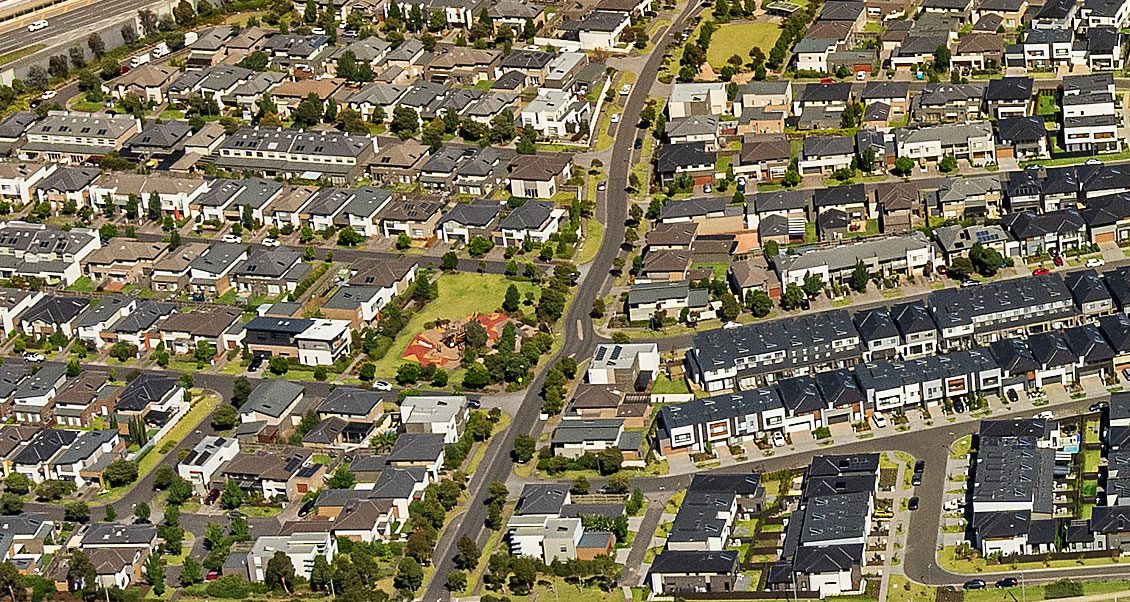This article is from the Australian Property Journal archive
FALLING incomes and a cost-of-living crisis are keeping young adults in the parental home for longer, according new this year’s Annual Statistical Report of the Household, Income and Labour Dynamics in Australia (HILDA) Survey.
More than half of men – 54.3% – and 46.7% of women aged 18 to 29 years old are still living under the same roof as their parents.
Commenced in 2001, the HILDA Survey is a longitudinal study of Australian households. As of December 2023, 22 waves (years) are available to researchers, while this year saw the collection of the 23rd wave. The study is funded by the Australian Government Department of Social Services (DSS) and is managed by the Melbourne Institute: Applied Economic & Social Research at the University of Melbourne.
Most of the growth in the rate of young adults staying at home occurred in the 2000s for young men, lifting from 46.6% in 2001 to 53.5% in 2010. For young women, 35.9% were living in the family home in 2001, jumping to 46.4% by 2015.
“The fact that women tend to leave the nest earlier than men may reflect their inclination to partner at younger ages,” the report said.
The gender gap has narrowed from nearly 11% in 2001 to 7.6%.
“There are a number of factors preventing young Australians from gaining their first foothold on the property ladder – many young Aussies are taking longer to find their feet in the workforce, incomes are falling and cost-of-living is going up,” said Sarah Marinos of the University of Melbourne.
Professor Roger Wilkins, deputy director of the Melbourne Institute: Applies Economic & Social Research and HILDA Survey co-director, said, the social and economic forces that have driven an increase in the number of young adults living with their parents are still present.
“We’ve seen a rise in higher education participation, declining full-time employment opportunities for young people, a rising cost in housing, and a trend towards later marriage and family formation.
Affordability in the housing market is at its worst in 30 years but is only making limited on house price growth, while in the rental market Australians are faced with crowded inspections as the national vacancy rate fell back to a record low of 0.8% in January, with rental growth slowing but persistent. The country is also seeing record migration levels, adding to competition for homes.
Wilkins said some young people would like to start their adulthood journey and to have their own home, but Australia’s economic conditions aren’t allowing that.
“Policy action to make housing more affordable and to increase housing supply is a clear way to tackle that,” Wilkins said.
Government measures not going far enough
Australian Bureau of Statistics data showed dwellings approvals tanked by 15.4% in 2023, down to 162,194 – a number not seen in a decade. The federal government has sought to make strides in adding to the nation’s supply in response to the housing crisis, but analysts and industry groups have said the measures don’t go far enough.
The National Housing Accord has the aim of delivering 1.2 million “well-located” new homes, also over five years. However, the target has been described as “very unrealistic”.
The Community Housing Industry Association last week called on the Albanese government to double the Housing Australia Future Fund (HAFF) to at least $20 billion, after public and community housing has shrunk to just 4% of all housing. The HAFF is aiming to deliver 20,000 new social and 10,000 new affordable homes over five years, administered by Housing Australia. The legislation passed through Parliament last year after protracted negotiations with the Greens that yielded a further $2 billion in funding for the Social Housing Accelerator that will see another 4,000 homes built.
In addition, the National Housing Accord Facility (NHAF) – part of the National Housing Accord – will aim to deliver a further 10,000 new affordable homes.
In addition to house prices hovering around record levels, Australians trying to get into the property market are also faced with stamp duty costs that have grown as much as six-fold in Sydney and Melbourne in the space of a generation. Buyers on a full-time wage will need to save up for six months to cover the charges.




